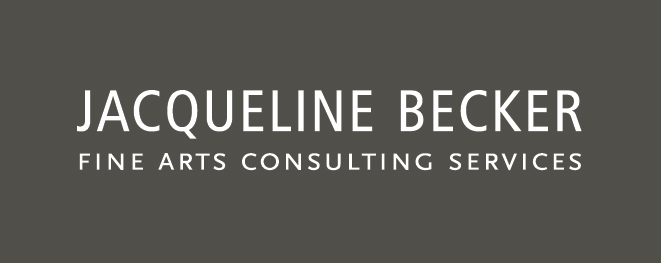Thank you to everyone who was able to join us for Boston Design Week, Art + Design: How to Maximize SynergyBetween Art and your Home. Here’s a capsule version of some of what we shared:
1. Fall in Love
For most art buyers, the greatest value will be in the manner in which art feeds the soul, not how it performs as an investment. Good art will slowly accrue in value, but is illiquid. Unless you are interested in becoming an art connoisseur who has a chance of spotting the next Picasso in the crowd, or are willing to invest a great deal of money in established blue chip artists, buy art for the pleasure it gives, and invest in mutual funds.
Not sure where to start? Make a short list of adjectives describing how you wish to feel in the space where your art will go. Jot them down in writing, and stash in a corner of your wallet. Pull them out when vetting a prospective work of art. Does it embody those feelings? Do you love it, have to have it kind of love?
2. Trust Your Instincts
Most people find art galleries intimidating. If you don’t happen to like the art in the gallery, you may feel it must be because you are unsophisticated about art. Well, the best keep secret about art appreciation is this: you don’t need to be schooled in art to have strong, valid opinions about it. Your own subjective response is just that, and I encourage you to listen to your inner voice the same way you do when choosing colors and designs for your interior furnishings.

3. Prices Are Based on Some Very Concrete Factors
The price of a work of art, like the price of other commodities, is established by what the market will bear. In addition, prices are affected by tangible rites of passage, or milestones, in an artist’s career. These include purchase of an artist’s work by an important museum, corporate collection or private collector, exhibitions in prestigious galleries, or strong endorsement in critical art literature of note.

4. Plan Early for the Art
Whether you’re a homeowner or a design professional at the beginning of a redesign project, start by thinking about what role the art will play. Map out the most important art locations at the beginning, light those areas correctly and perhaps most importantly budget for the art with a reasonable allocation of funds for this most important part of any space.
To help with that planning, here’s a handy chart from our friends at Wolfers Lighting about how to place Art Accent Lighting. Graphics courtesy of Sarah Winchester Studios.

